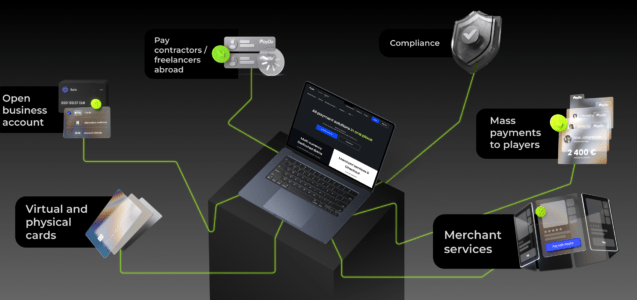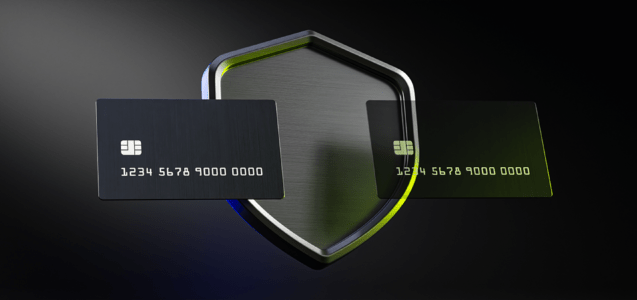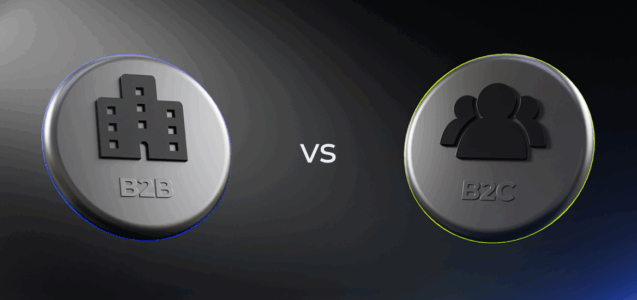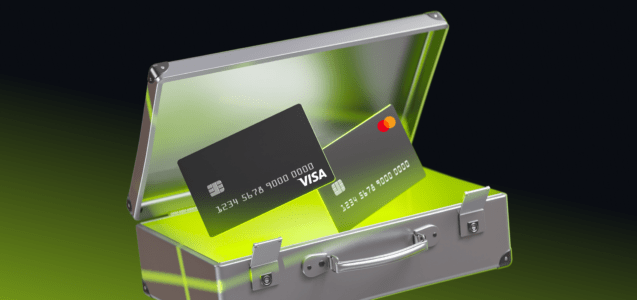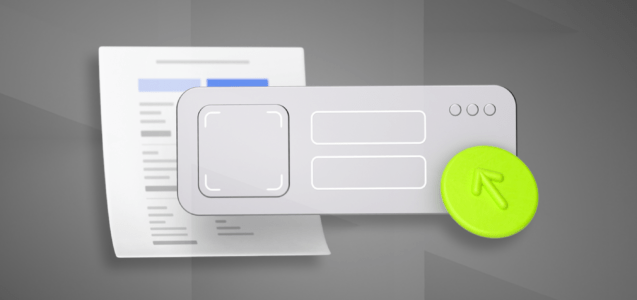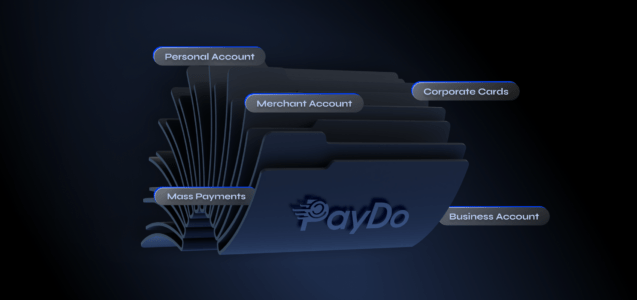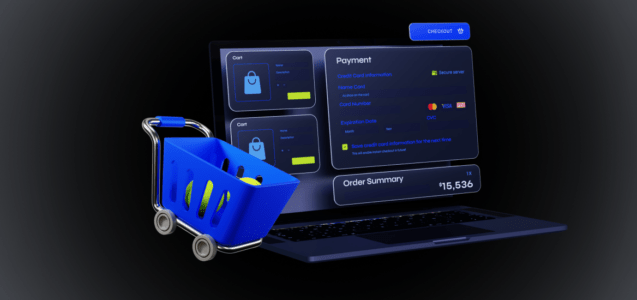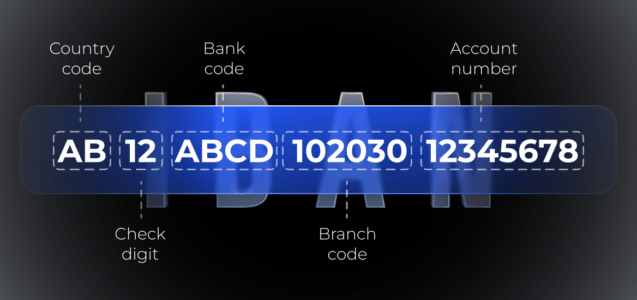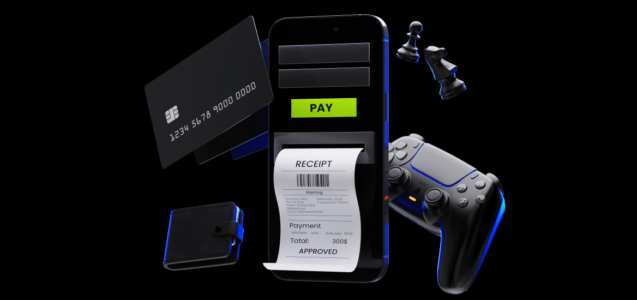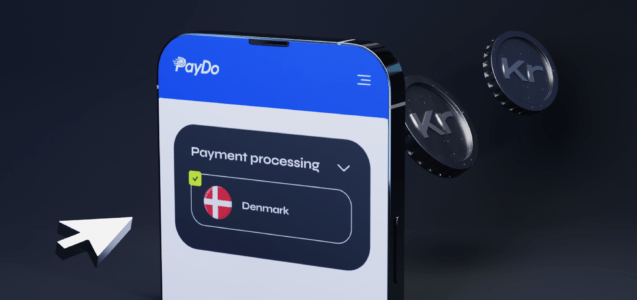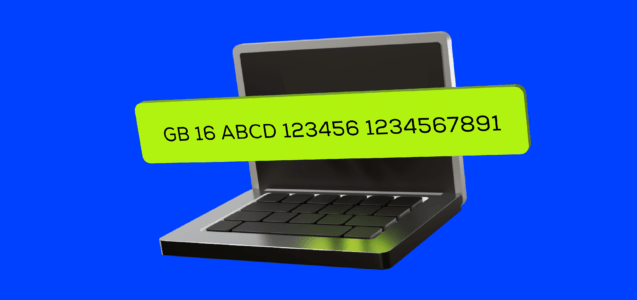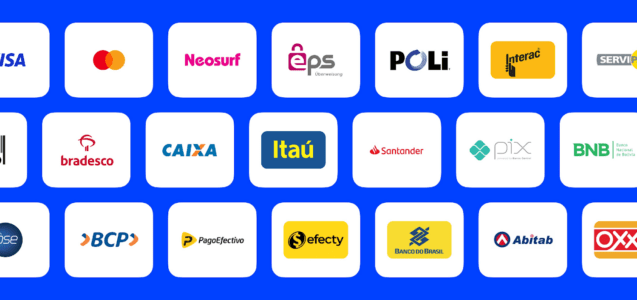
How to Get a Merchant Account?
All companies want to know the answer. They know buyers will pay for their goods, not just in cash. So, it is vital to set up credit card and mobile payment options as soon as possible. To do this, you must open a merchant account.
According to a 2023 survey, 90% of consumers prefer using credit cards and digital payments over cash. Accepting credit cards, mobile payments, and other convenient methods is essential for any business. To do this, you need to open a merchant account.
Opening a merchant account may seem hard. This article will provide step-by-step instructions to make it easier.
What Is a Merchant Account, and How Do You Get It?
A merchant account is a deal with a bank. It lets a business accept credit card payments. The industry agrees to follow all Visa and Mastercard rules by signing this agreement.
A merchant account is a specialized bank account. It lets your business accept credit card payments. You can’t process credit card payments if your company doesn’t follow these rules. This will lose you potential customers.
However, accepting these rules doesn’t mean you should rush into choosing a merchant account provider.
Carefully consider all factors before making a decision.
Step 1. Choose Companies with Which It Is Profitable for You to Cooperate.
Visa and Mastercard are essential. If your company serves clients in countries with payment systems, ensure your bank can handle them too.
For example, if you have many customers in China, make sure the bank can process payments from China UnionPay cards.
Step 2. Choose the Most Convenient Payment Model for You
Some customers prefer one-time payments, while others like regular billing. Make sure the bank you choose supports the payment models your customers prefer.
For example, if you offer a subscription service, ensure the bank can handle recurring payments.
Step 3. Analyze Your Company’s Turnover
Banks look at your business turnover to determine service fees. You must provide documents showing your card turnover or financial condition from the past period.
For example, if your annual sales are $500,000, you must provide proof of this to the bank.
Step 4. Clearly Define Which Bank You Want to Use for a Merchant Account
Local banks often have the best performance and speed. So, consider opening an account with one. Also, check with any banks you’ve worked with. They may offer better terms for loyal customers.
For example, your local bank might offer lower transaction fees than a national bank.
Step 5. Ensure Your Website Meets Visa and Mastercard Requirements
Your website must comply with Visa and Mastercard requirements. It must be on your domain and meet all guidelines, especially if you do business online.
For example, your website should have a secure payment gateway to meet these requirements.
Step 6. Prepare All Necessary Documents
Gather all required documents, such as tax returns, business activity records, and checks. The bank will provide a detailed list of what you need.
For example, you may need to submit your tax returns and business registration documents from last year.
Step 7. Submit Your Application
Please complete the account opening application form. Then, submit it with all the required documents.
For example, ensure you include all necessary documents to avoid delays in the approval process.
Remember to compare the conditions of different companies. Check their fees for opening and maintaining the account and any refund policies.
A Simpler Option for a Merchant Account

Our instructions seem simple, but your company may face many difficulties in practice. How can you avoid them? Open an account and manage your business with PayDo.
Our company is an authorized payment partner of Visa and Mastercard. Also, we provide 24/7 support to all customers. We quickly and easily solve any issues.


